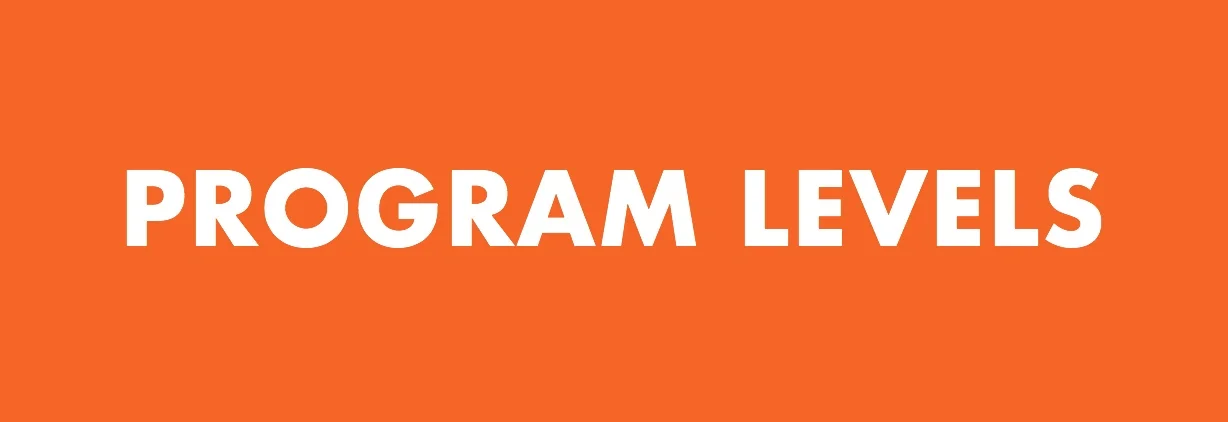Descriptions of the LanGo proficiency measures for integrated language skills at each level.
Our program levels are broadly structured according to the Common European Framework of References for Languages (CEFR) for international language standards. The CEFR was put together by the Council of Europe as a way of standardizing the levels of language assessments in different regions. It is very widely used internationally and many important language exams are mapped to the CEFR. There are six broad levels: (Beginner) A1, A2, (Intermediate) B1, B2, and (Advanced) C1, C2.
We follow the broad CEFR standards for assessing learning progress and proficiency across all of our language programs. During each session, we use our own progress measures for assessing specific language skills (listening, reading, speaking, and writing) such as assignments, final projects, and short assessments. We also use language proficiency tests specific to your target language (e.g., the TOEFL, IELTS, or EF Test for English, the TOPIK test for Korean, the JLPT for Japanese) to measure your overall proficiency with integrated language skills, award program certificates, and determine your successful completion of each program level.
Beginner Level
A1 (CEFR) = Beginner I-III
A2 (CEFR) = Beginner IV-VII
Intermediate Level
B1 (CEFR) = Intermediate I-III
B2 (CEFR) = Intermediate IV-VII
Advanced Level
C1 (CEFR) = Advanced I-III
C2 (CEFR) = Advanced IV-VII
In addition to three broad sub-levels (from Beginner to Advanced), we also offer special skills and supplementary classes at the end of each level for students who desire more practice with particular skills or language concepts so they can master them before moving on to the next learning level.
Unsure of which level is right for you? Contact us at learn@langoinstitute.com to schedule your language education consultation.
